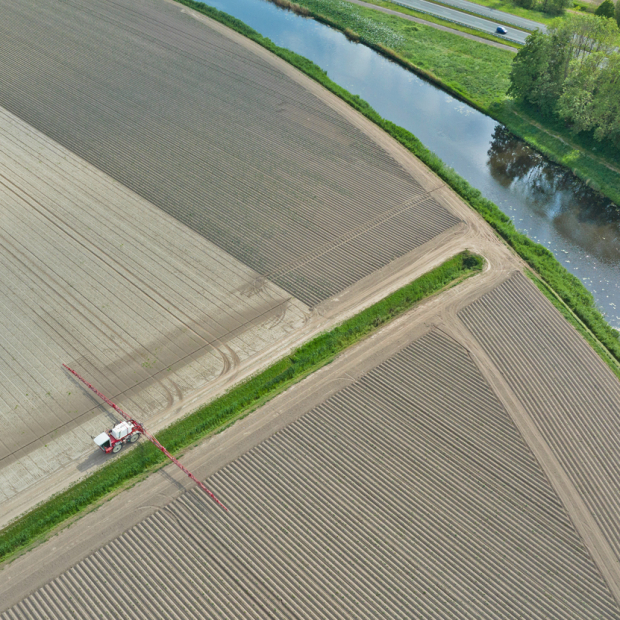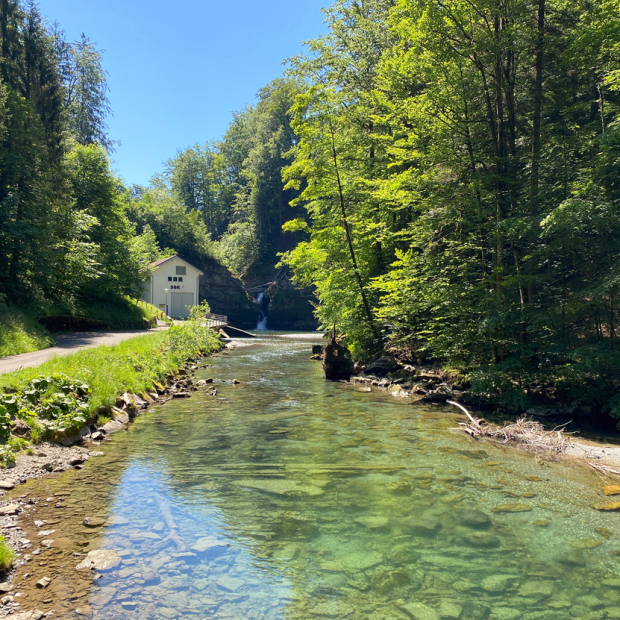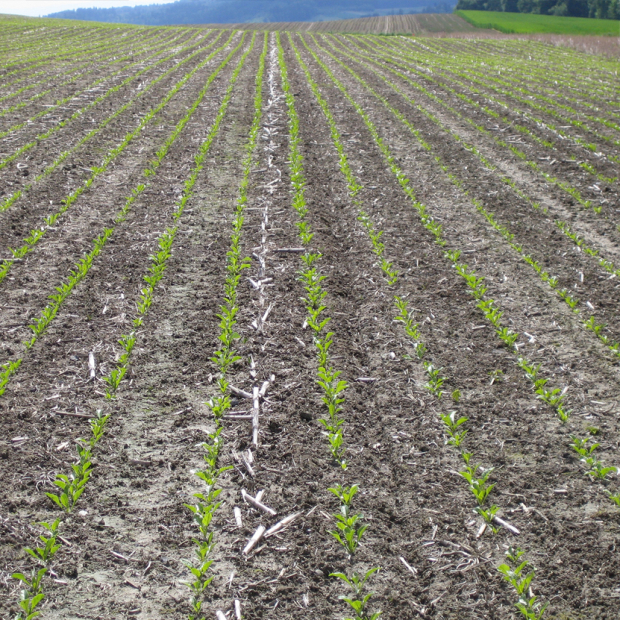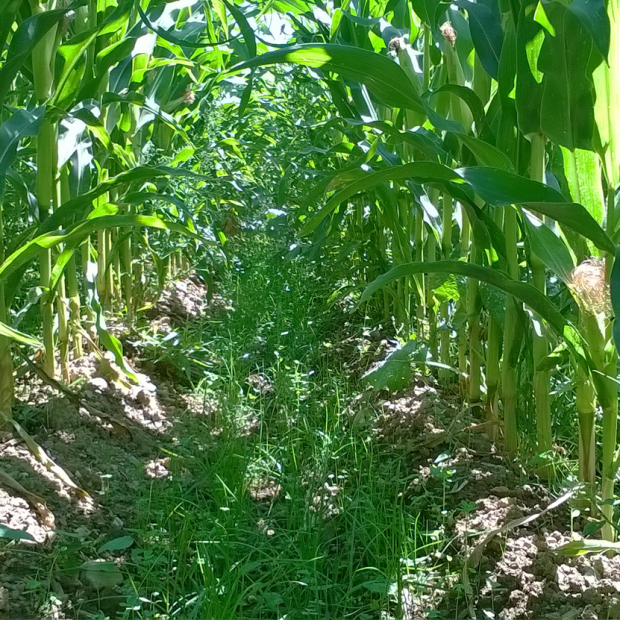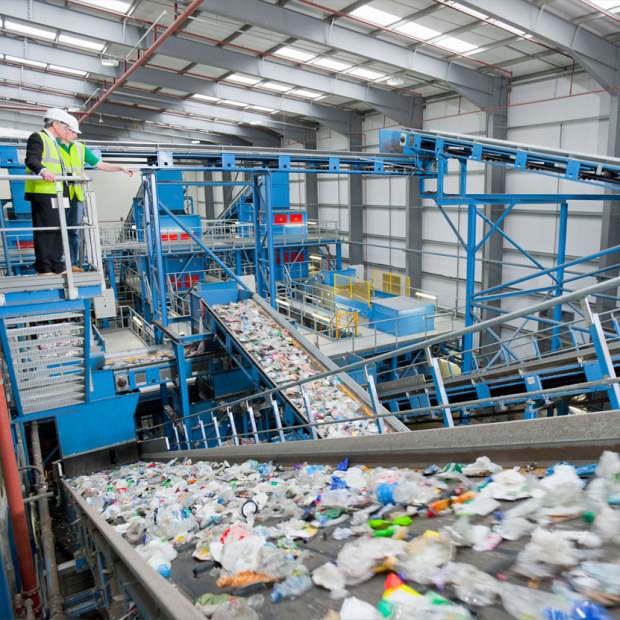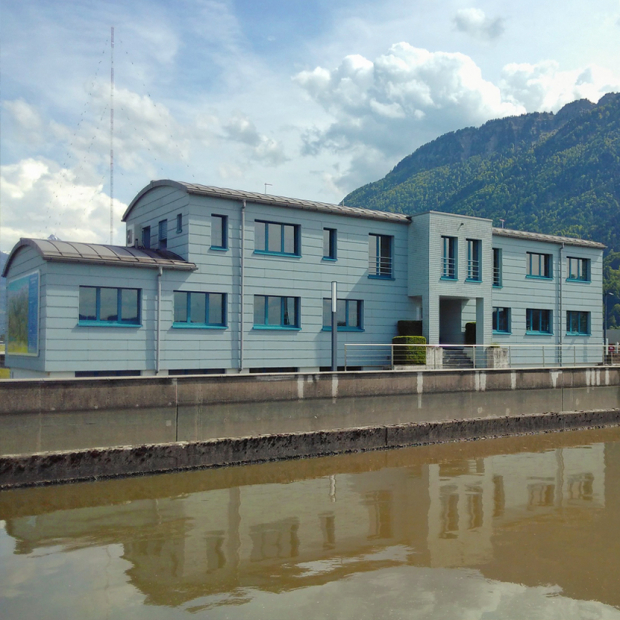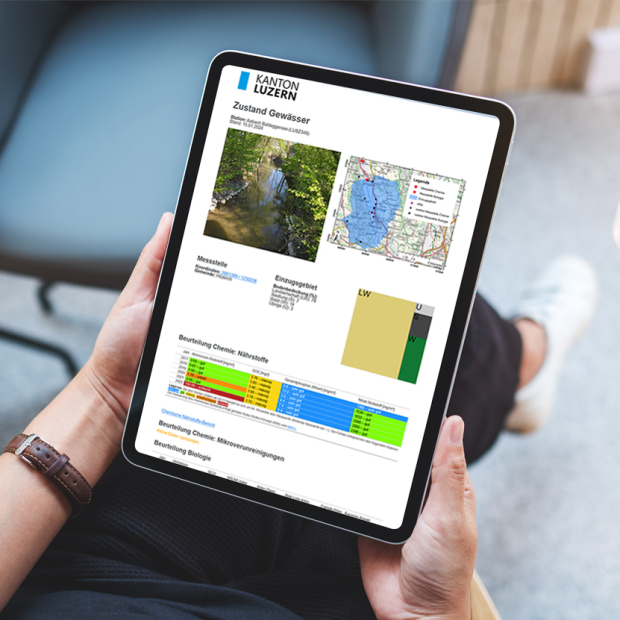
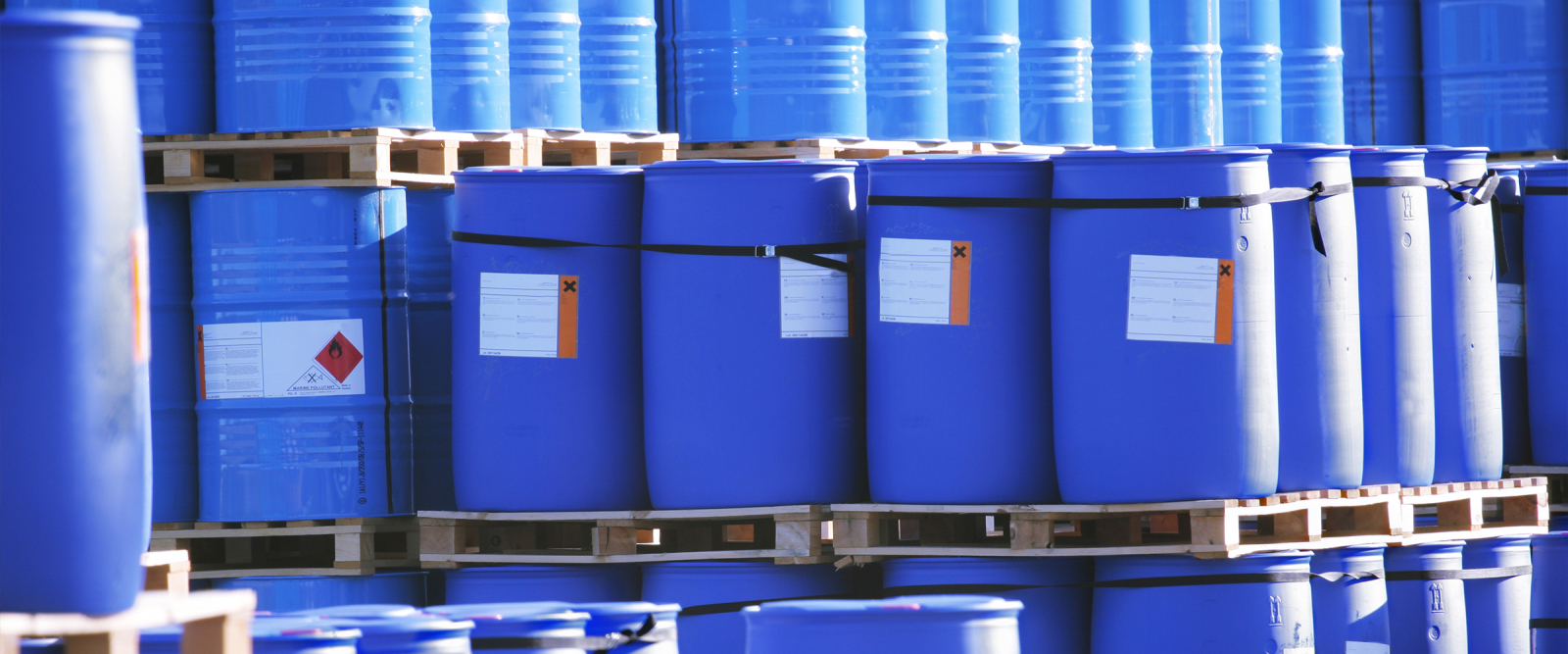
Overview of the hazardous waste industry and associated risks to the aquatic environment
Experts agree that efforts need to be taken to prevent the release of micropollutants into the aquatic environment. In the framework of a current-state analysis, EBP drafted an overview of the hazardous waste industry and assessed the risks to the aquatic environment that are associated with this industry.
EBP carried out this research and assessment on behalf of the Swiss Federal Office for the Environment (FOEN) and the Swiss Water Association (VSA). These two organizations are seeking to determine the potential sources of pollutants in various industries and commercial activities.
EBP evaluated the hazardous-waste industry by conducting interviews with experts, analyzing the available data and reviewing the current literature. This gave rise to the following results:
- Overview of the stakeholders and activities in the hazardous-waste industry
- Analysis of waste flows
- Overview of wastewater-relevant processes in the treatment of hazardous waste, with a focus on the physiochemical treatment of significantly large waste flows
The results show that the hazardous-waste industry in Switzerland has proper methods of treating waste. The prevailing processes for transferring, receiving and forwarding waste run smoothly. The relevant enterprises generally adhere to the existing requirements relating to the release of wastewater. However, the new concern about trace organic compounds is still being given too little attention. In order to be able to examine the release of trace organic compounds more precisely in the future, EBP drafted a list of the most important waste flows that would need to be considered more carefully. The relevant criteria included waste-treatment quantities, methods and trace-compound detection.


